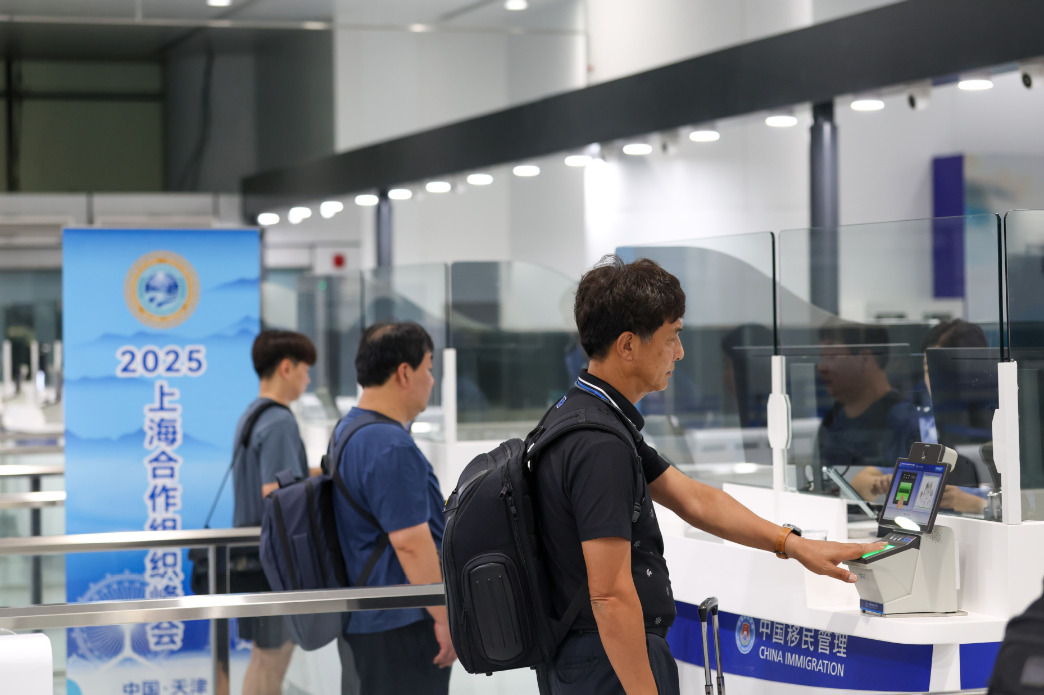Chinese scientists report first live birth of chimeric monkey


Finally, the team selected some stem cells to inject into early monkey embryos that were four to five days old and implanted them into surrogate female macaques, which resulted in four aborted fetuses and six full-term live offspring.
In the live monkeys, the contribution of the stem cells in the different tissue types averaged 67 percent across the 26 different kinds of tissue that were tested.
Also, a live chimeric monkey showed high stem cell contributions reaching up to 90 percent in some tissues, the study revealed.
Such a chimera with cells from two embryos had previously been demonstrated in rats and mice, but had not been realized in other species, including non-human primates, until now.
This new research has practical implications for genetic engineering and species conservation, and may help scientists to generate more precise monkey models for studying neurological diseases, said Liu Zhen, a CAS researcher and the paper's corresponding author.
- Photographer captures Tianjin's rapid transformation over the past 10 years
- The Flying Rainbow of Shanxi: Feihong Pagoda
- China rolls out new guideline to battle illegal fishing and strengthen port inspections
- Innovation transforms embroidered thangka into income source for SW China villagers
- Green spaces bloom in Shanghai, home to over 1,000 parks
- Highly efficient immigration inspection system unveiled at Tianjin airport





































